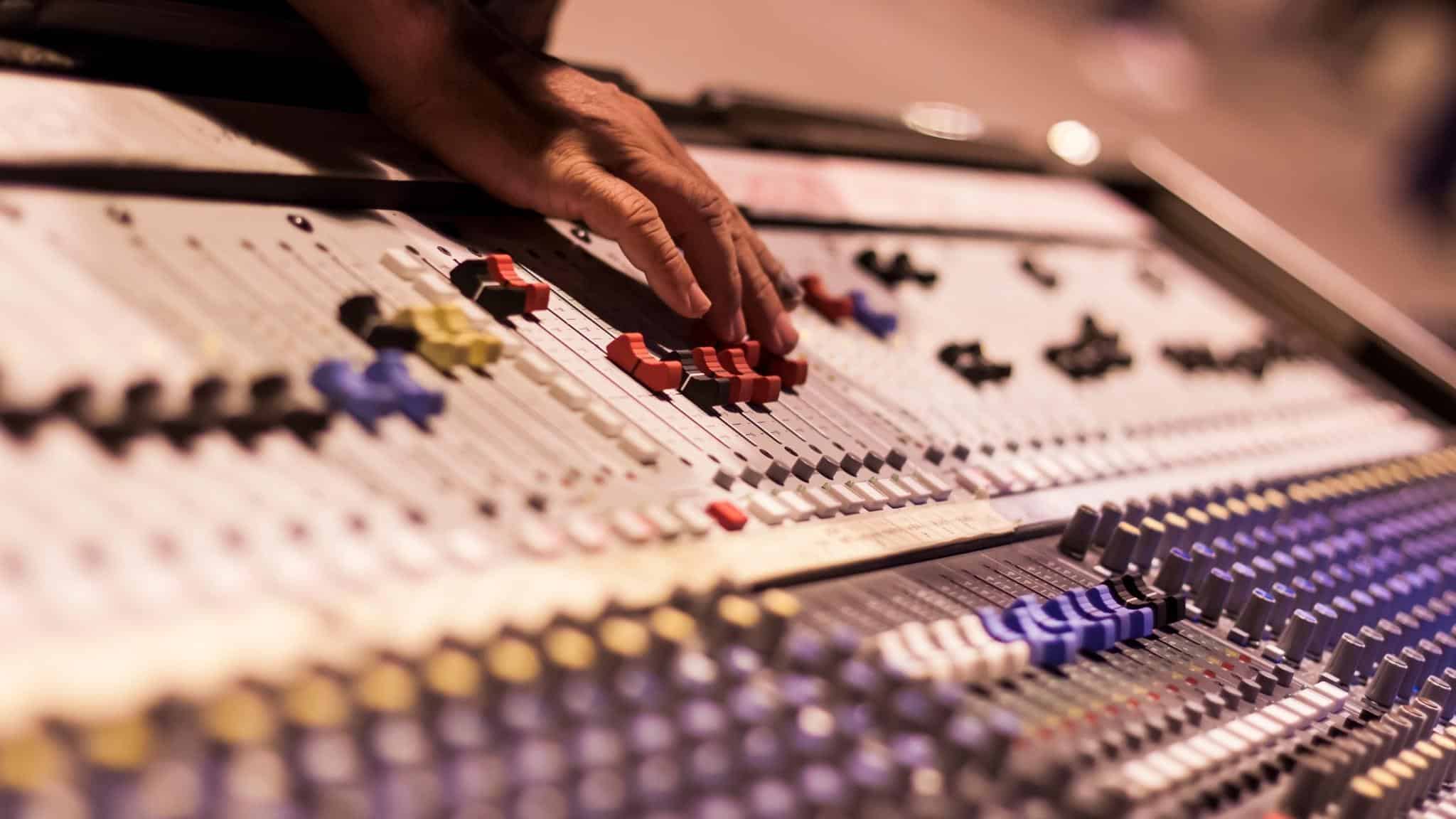Overdubbing (the process of making an overdub, or overdubs) is a technique used in audio recording, whereby a performer listens to an existing recorded performance (usually through headphones in a recording studio) and simultaneously plays a new performance along with it, which is also recorded.
The intention is that the final mix will contain a combination of these “dubs”.

Tracking (or “laying the basic tracks”) of the rhythm section (usually including drums) to a song, then following with overdubs (solo instruments, such as keyboards or guitar, then finally vocals), has been the standard technique for recording popular music since the early 1960s.
Today, overdubbing can be accomplished even on basic recording equipment, or a typical PC equipped with a sound card, using software such as Pro Tools or Audacity.
I'm Joost Nusselder, the founder of Neaera and a content marketer, dad, and love trying out new equipment with guitar at the heart of my passion, and together with my team, I've been creating in-depth blog articles since 2020 to help loyal readers with recording and guitar tips.

